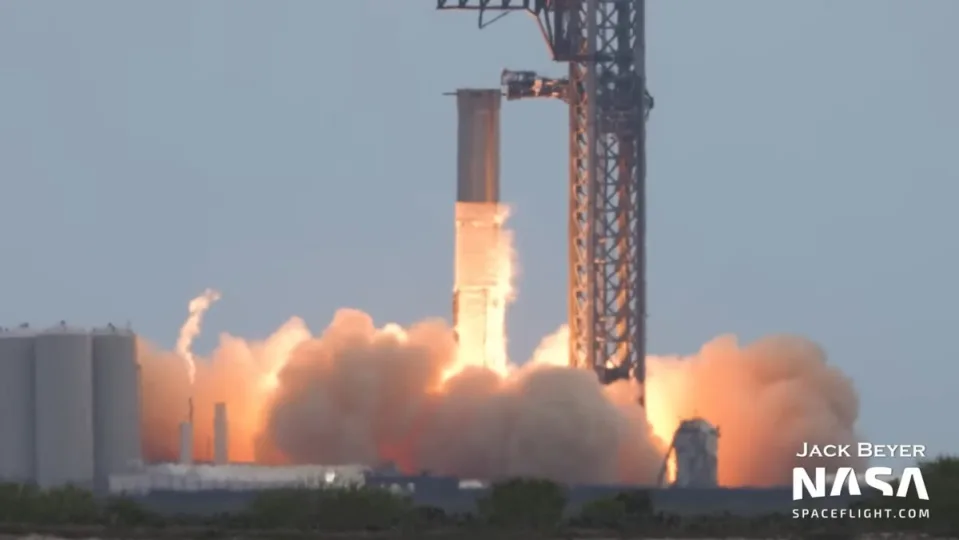In a few years, we could go on a trip to Mars. At least, that is what Elon Musk, the eccentric CEO of Twitter and also owner of SpaceX, says, who in early February put 33 Starlink satellites into orbit thanks to his Falcon 9 and this last week carried out a test of the Next Generation Super Heavy Rocket Boosters.
Although the test did not go entirely well, the power achieved by the ship would be “enough to put into orbit” the ship to which the propellant will be attached, as stated by Musk on his Twitter account. what ship? Starship, a space vehicle designed by SpaceX for the purpose of transporting human beings to Mars and the Moon.
31 of the 33 Raptor engines accompanying the Super Heavy rocket ignited briefly during the static fire test at Starbase in Texas, with 2 being the only engines that failed to perform properly. “The team shut down one engine just before the start and another stalled on its own, so a total of 31 engines were started”, Musk commented on his Twitter.
In 2022, Spacex carried out test launches of the Super Heavy prototype, called Booster 7, but with a small percentage of the engines that the booster would carry, according to its design. Last month, Booster 7’s first dress rehearsal took place, simulating all the steps of a launch up to takeoff, but without actually starting the engines.
The Starship flew several times until 2021 without the Super Heavy propellant, in a series of high-altitude flights in which the first prototypes of this ship skimmed the Earth’s atmosphere and returned to make a landing attempt.

The next launch of the ship is expected to take place this year, in an orbital flight in which the Super Heavy rocket booster will launch Starship into orbit before separating and splashing down in the Gulf of Mexico. Also “it’s up in the air” the possibility of the ship landing on a modified platform or using large mechanical arms that could catch the rocket on its return.


